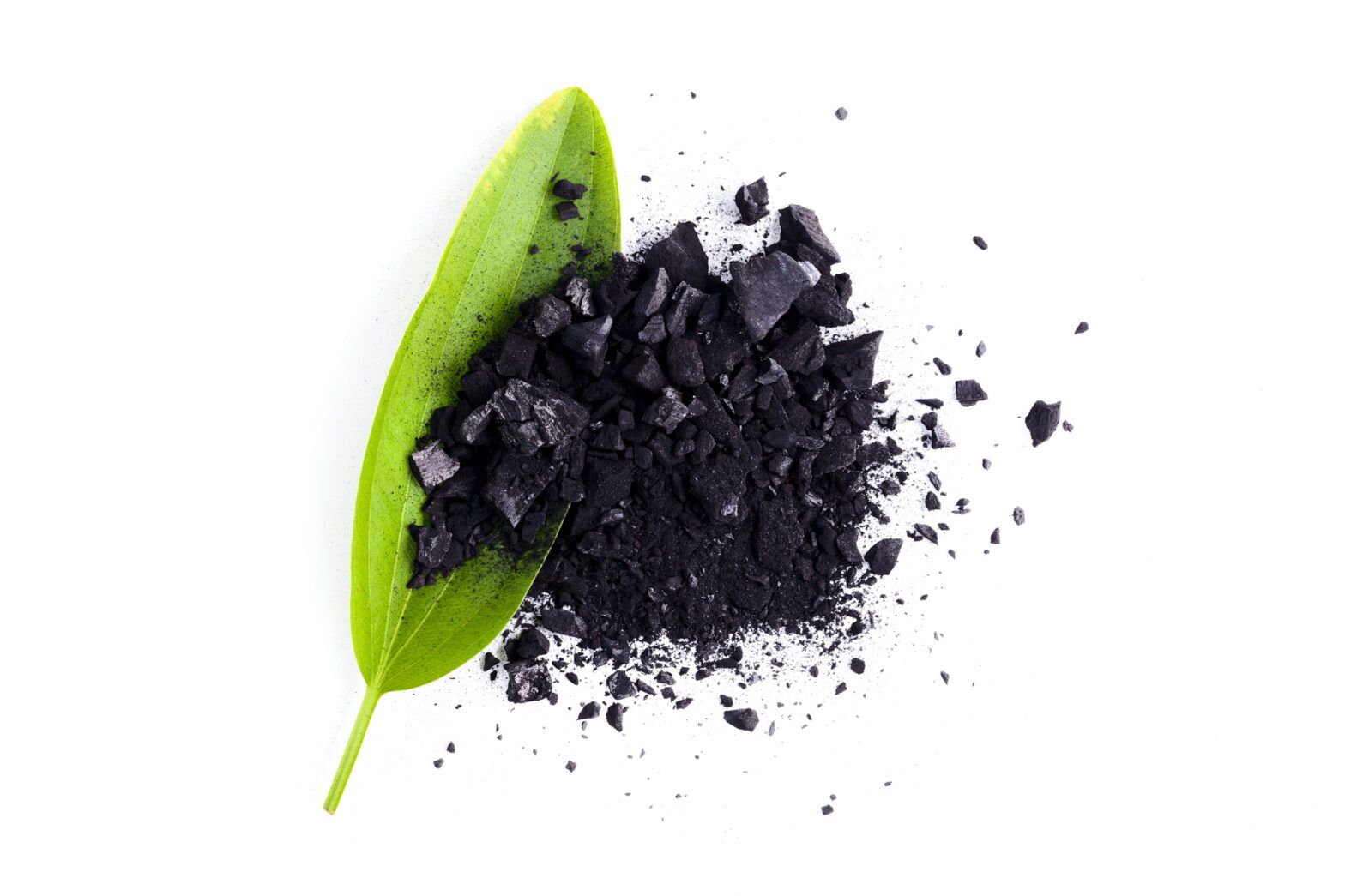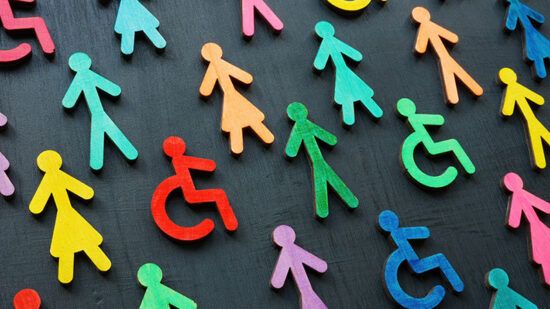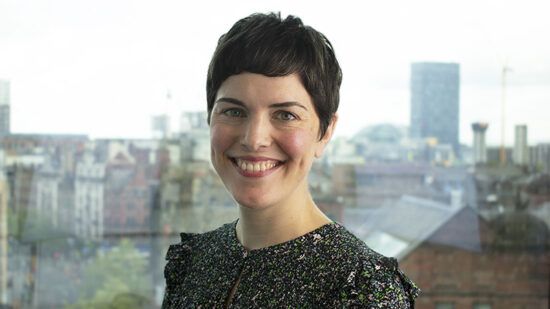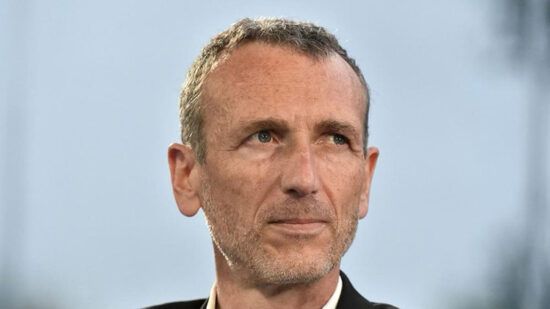Apple’s green bond program has helped develop the world’s first commercially available low-carbon aluminum production, the company said in a recent update.
The company, which began its green bonds program in 2016, has to date issued $4.7bn among three bonds, about $3bn of which has been allocated, Apple stated in a March 24 green bond impact report.
Assets from the first two bonds, issued in 2016 and 2017, have been fully allocated, while about a quarter of the 2019 bond, or $550m, is now invested across 50 projects. Collectively, those projects are estimated to offset or mitigate more than 2.8m metric tons of carbon-dioxide equivalents and will include 700 megawatts of renewable energy capacity, the company stated.
One of the latest – and the one the company is touting – is its investment in Canada-based aluminum maker Elysis, through a 2018 partnership with Alcoa, Rio Tinto and the governments of Canada and Quebec. Apple purchased the first run of aluminum in 2019, which it used to make some of its laptops, the company stated.
Elysis, which uses hydropower in a “carbon-free” smelting process, recently built out a large-scale prototype that allows it to make “commercial purity primary aluminum at scale.”
“The breakthrough technology produces oxygen instead of greenhouse gases, and the achievement marks a major milestone in the production of aluminum, one of the world’s most widely used metals,” Apple stated in its report.
The company is now purchasing more of the aluminum, which it plans to use in making its new iPhone SE.
Other allocations made by the 2019 green bond support a reduction in its Scope 3 emissions, with a clean energy program for its suppliers, which includes training and policy advocacy in Japan, Vietnam and South Korea, the company stated.
“The energy used to manufacture Apple products represents over 70% of Apple’s comprehensive carbon footprint,” the company said. “That’s why we’re investing in programs that help suppliers reduce their energy use and transition to renewable energy.”








